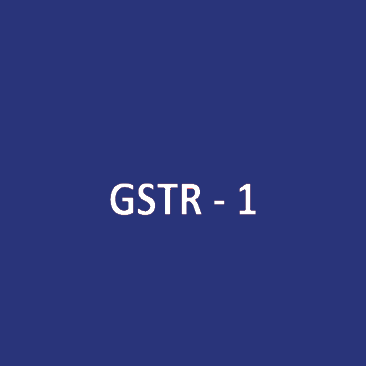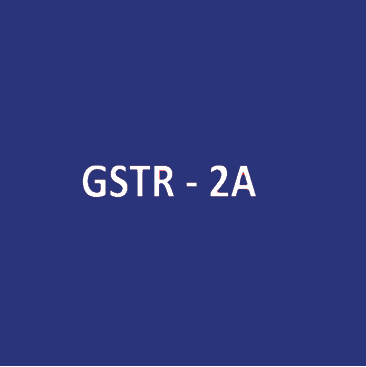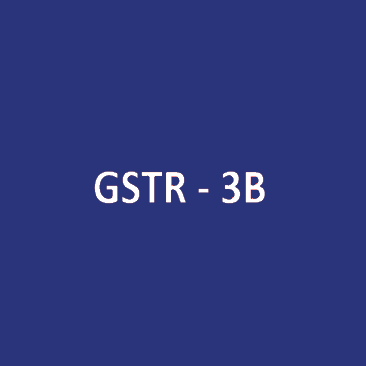
CGST
Central GST
Levied by the Central Government towards a sale occurring within the state
(Eg: Within theStates of India)
GST stands for Goods and Services Tax. GST is imposed on value added goods and services that are sold for domestic consumption.
GST stands for Goods and Services Tax. GST is imposed on value added goods and services that are sold for domestic consumption. GST has replaced many indirect taxes in our nation. It was enforced on 29th March, 2017 and came into effect on 1st July 2017.GST is paid by the consumers but is remitted (to the government) by the enterprises selling goods and service. GST generates revenue for the government.
GST is the multi-stage, comprehensive, destination-based tax that is imposed on every value addition.Simply put, GST is an indirect tax imposed on the goods and services. GST has replaced many indirect taxes.
GST = one indirect tax for the entire nation.
Example: Let us consider the example of a biscuit manufacturer for understanding “What is GST?”The biscuit manufacturer buys flour, sugar and other ingredients. He makes biscuits from it and thus adds value to it. Then it goes to the warehouse where it is labeled. There is value addition here too! Finally, the retailer packs these biscuits in small packets and does some marketing for the same. GST will be imposed on these value additions. The monetary worth increased at each stage will be taxed and levied on the buyer of the end product.

Central GST
Levied by the Central Government towards a sale occurring within the state
(Eg: Within theStates of India)

State GST
Levied by the State Government towards a sale occurring within the state
(Eg: Within the states of India)

Integrated-State GST
Levied by the Central Government towards a sale occurring between two states
(Eg: Goods from one state sold to another state in India)

GSTR-1 is the return to be furnished for reporting details of all outward supplies of goods and services made, or in other words, sales transactions made during a tax period, and also for reporting debit and credit notes issued. Any amendments to sales invoices made, even pertaining to previous tax periods, should be reported in the GSTR-1 return.

GSTR-1 is the return to be furnished for reporting details of all outward supplies of goods and services made, or in other words, sales transactions made during a tax period, and also for reporting debit and credit notes issued. Any amendments to sales invoices made, even pertaining to previous tax periods, should be reported in the GSTR-1 return.

GSTR-3B is a monthly self-declaration to be filed, for furnishing summarized details of all outward supplies made, input tax credit claimed, tax liability ascertained and taxes paid.
GSTR-3B is to be filed by all normal taxpayers registered under GST.
A further extension granted for filing annual returns (GSTR-9) and reconciliation statement (GSTR-9C) for FY 2018-19 until 30th September 2020.
The facility to file PMT-09 and the CGST rules governing the same shall come into effect from 21st April 2020.
The validity of all the e-way bills expiring between 20th March 2020 and 15th April 2020 stands extended up to 30th April 2020.